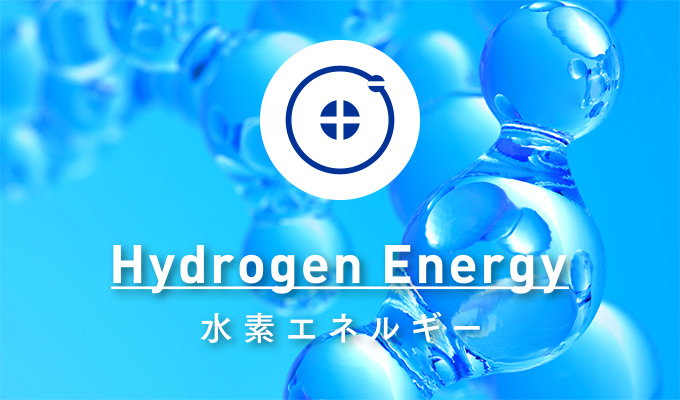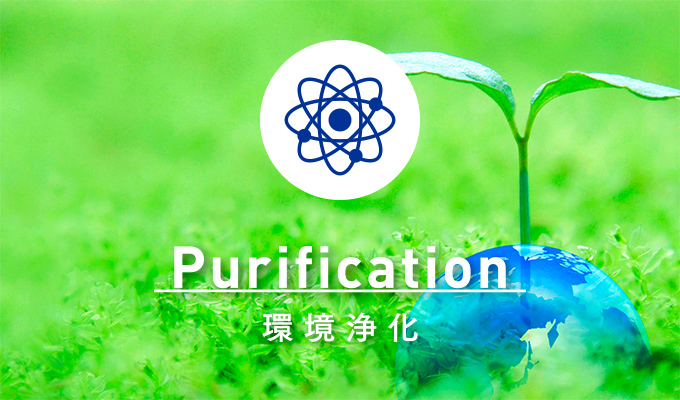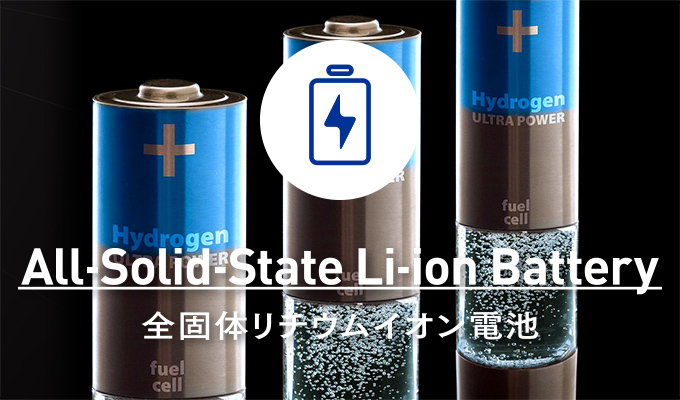Purification
環境浄化
About VOC
VOC is an abbreviation of Volatile Organic Compounds, and the well-known examples include toluene, xylene, benzene, ethyl acetate, methanol and dichloromethane. While such VOCs are widely used in solvents, adhesives, and raw materials for chemicals, etc., it has been pointed out that these compounds could produce photochemical oxidants and suspended particulate matter (SPM). Therefore, their emissions are strictly regulated by the Air Pollution Control Law. VOCs are emitted through various processes such as painting (indoors and outdoors), washing, refueling, production of chemicals, printing, bonding, etc. Among these, painting is considered to cause the largest scale of emission, and emissions from stationary sources account for more than 50%. It is therefore desirable to establish novel technologies to further reduce VOC emissions and remove VOCs more efficiently.
About patent cases
- "Preparation method of mixed metal oxides catalysts and applied for the catalytic oxidation of volatile organic compounds"
- Japanese Patent No. 7337338
- "Preparation method for MnCo metal oxide catalysts for VOC removing"
- Japanese Patent No. 7250276
- "Catalyst preparation of Mn-Co oxides supported on Cu foam nanowires and applied for the catalytic oxidation of volatile organic compounds"
- Japanese Patent No. 7344495
- "Preparation method for Ce-based precursor and metal oxide catalysts for VOC removing"
- Japanese Patent No. 7340811
- "Preparation method of Ag-Ce/Cu foam catalyst and applied for the catalytic oxidation of volatile organic compounds"
- Japanese Patent Application No. 2019-155551
- "Preparation of novel catalysts for VOC removing"
- Japanese Patent No. 7370522
- "Catalyst and Method of Preparation for Removal of Volatile Organic Compounds(VOC) in Catalytic Oxidation Process."
- Japanese Patent Application No. 2021-005209
- "Catalyst and Method of Preparation for Removal of Volatile Organic Compounds(VOC) in Catalytic Oxidation Process"
- Japanese Patent Application No. 2021-104147
- "Catalyst and Method of Preparation for Removal of Volatile Organic Compounds(VOC) in Catalytic Oxidation Process"
- Japanese Patent Application No. 2021-167022
- "Catalyst and Method of Preparation for Removal of Volatile Organic Compounds(VOC) in Catalytic Oxidation Process"
- Japanese Patent Application No. 2021-183610
- "Catalyst and Method of Preparation for Removal of Volatile Organic Compounds(VOC) in Catalytic Oxidation Process"
- Japanese Patent Application No. 2023-011327






